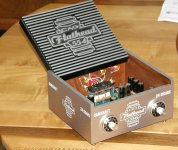I was debating with myself if this would be worth posting or not, but here it goes..
I bought these for cheap to use as garage speakers. A pretty solid 3-way with 8" woofer, 5" (?) mid, and a 1" alu dome tweeter. Tweeter and mid are in a alu waveguide.
Cabinet is pretty well constructed, Xo is 'old school' 2nd order using some electrolytics and some poly caps, and one iron core coil for woofer. Drivers seem pretty sturdy too, with some white hard paper cones and alu baskets.
They sounded ok as tey were, but I wanted to play around with them a bit and see if I could improve the sound a bit, and it seems I could.
The cones were yellow, so I started with some paint to make them white again.
Woofer XO: Notched a pretty bad cone resonance at 3k, so I notched it with a R+C parallel to the inductor. The LP was also high Q, so I damped it a bit with a resistor in series with the cap. There was also a bump in the response around 100Hz from the coil and woofer impedance combination, so I added a impedance smoothing circuit to tame the upper impedance peak of the woofer.
The mid had a bad 'wrinkle' in the response around 2k, abt 5dB from peak to dip. I figured it was a classic cone-surround issue, so I put some Mod Podge in the area. It improved it to abt 2dB, and I left it at that. The HP was high Q and not well phase aligned to the woofer, so to make them work together better, I used a high value resistor in parallel with the HP cap. I have seen Troels do this on some projects, and this is the first time I tried it with good results. LP for the mid was also high Q, and I grounded the LP cap through a low value resistor to tame it. The level of the mid was boosted in the stock speaker, so I figured I would try a series resistor on the mid to bring the level down, and also reduce distortion. I measured distortion with and without the resistor, and it made a significant difference, 5dB distortion reduction from memory. The increased impedance seen by the mid around resonance worried me a bit. I stuffed the mid enclosure full with sheep wool to damp it a bit, and it sounds ok to my ears.
Again I added a notch to tame some cone resonances out of band (6-7k).
Tweeter: I had to change from 2nd to 3rd order (electrical) to align the phase of the tweeter to the mid (only changed cap value and added a large cap. Also a small resistor before the XO to give the FR a gentle downwards slope as I like it. I did not bother to put the resistor on the tweeter side, since tweeter distortion was way lower in level than mid anyway. I figured I would prioritize the load on the amp in this region, since the impedance was a bit tricky here because of the original filter design.
I kept the same XO points, since I did not want to redesign the complete XO and buy new components. This is why I did not bother to take complete off-axis measurements, but stayed with only the on axis.
FR is a lot flatter than before, and measured distortion lower in the midrange. Subjectively I got tighter bass, better woofer/mid integration, so voices and drums sound better and clearer. Mid sounds more pleasing and smoother. Can't say I hear much change in the treble area, possibly some more 'depth' in the sound stage up there.
Before and after:
Every time I have done the impedance flattening on woofers with fairly low XO, I have been amazed with how it subjectively improves the bass, so I decided it was worth doing, since I had the components from another project. It was also interesting to move towards 'high impedance drive' ( don't dare to call it current drive) on the mid, also a subjective improvement.
I also added an oak brace between side walls below the woofer, it did not pass the knock test.


















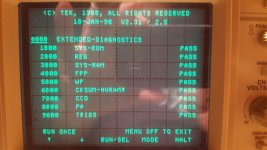





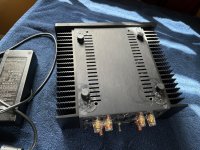
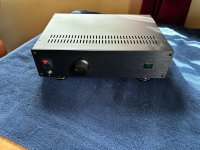




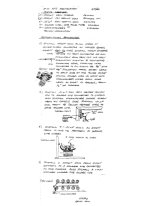

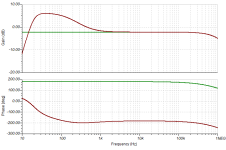
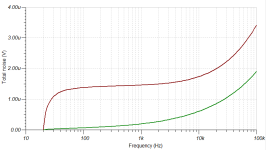



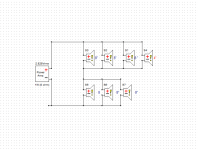
 in time for its 80th Anniversary.
in time for its 80th Anniversary.




